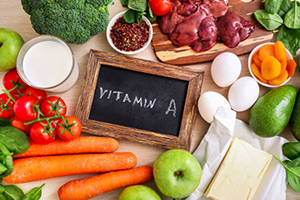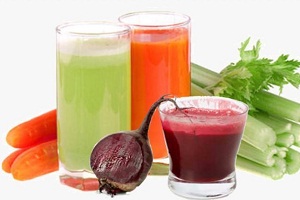by Setareh Kiumarsi
When, where, how much, and how to use it?
What is it good for?
Vitamin A is a fat-soluble vitamin that is a friend to our eyes. It strengthens vision, prevents night blindness, supports healthy skin, and helps treat acne. It boosts our immune system, accelerates the healing of digestive tract wounds, promotes dental and bone health, reduces the risk of heart disease, and is essential for the growth of new cells, thus supporting proper fetal development.
Signs of vitamin A deficiency:
Dry hair, skin, and eyes, night blindness, insomnia, chronic fatigue, infertility, respiratory problems, frequent colds,skin issues (especially acne), diarrhea,and excessive thinness.
Which foods are sources of vitamin A?
Apricot, cantaloupe, papaya, peach, mango, broccoli, carrot, asparagus, pumpkin, squash, sweet potato, fennel, nettle, rose, sage, eggs, liver, and more…
When to consume it?
Since vitamin A is fat-soluble, it should be taken with meals.
Caution:
Excessive vitamin A intake (more than 100,000 IU per day) can be toxic, especially for the liver, and may cause headaches, abdominal pain, heavy menstrual bleeding, enlargement of the liver and spleen, hair loss, skin itching, joint pain, cracked skin, cracked lips, and more.
If you are pregnant:
Pay attention to the dosage of vitamin A… as excessive intake can harm the fetus.
If you have chronic liver disease or diabetes:
Use vitamin A under the supervision of your doctor.
Stay full of health
Please make sure to mention the author, “Setareh Kiumarsi,” if you share or republish this article, which was written with hope for everyone’s health and love.







